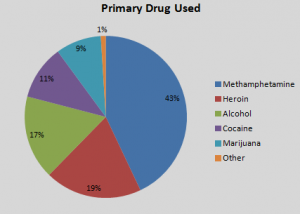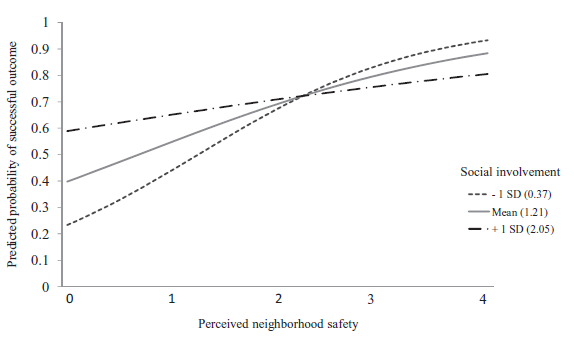Does Neighborhood Safety Impact Recovery Outcomes?
Many substance use disorder (SUD) treatment models encourage patients to address certain places and situations in promoting recovery (e.g., avoiding a town where the individual bought drugs).
Despite the influence of neighborhood safety on stress and other psychological and health outcomes, the field knows very little about its impact on SUD recovery.
Furthermore, women account for roughly 32% of SUD treatment admissions, though we are only beginning to learn about their unique clinical and recovery needs. Motherhood in particular is a valuable area in recovery research because the most common ages to seek SUD treatment (young adulthood) overlap with the most likely ages where a woman has young children or will become pregnant. Researchers in other areas have shown a plethora of lasting, deleterious effects of SUD on maternal and child health during pregnancy and early life.
In this study, Evans and colleagues (including senior author Yih-Ing Hser) found that among 703 mothers who attended SUD treatment (31 years old on average), each 1 point increase in neighborhood safety (on a 0 to 4 scale) almost doubled the odds of successful recovery 10 years later.
Successful recovery is defined as no illicit drug use or criminal justice involvement in the 30 days before being assessed.

Notably from the study:
- more than half (53.6%) reported successful outcome, supporting that recovery is the most likely outcome
- mothers treated in a women-only program had greater odds of success than those in a mixed-gender program
- the odds of successful outcome were increased if pregnant at treatment admission
- the odds of successful outcome were increased if methamphetamine was patient’s substance of choice
- the odds of successful outcome were increased if they had lower medical problem severity

Authors raise the idea that negative recovery capital might counteract the positive influence of an overall safe neighborhood, meaning for some of these women social interaction and cohesion with neighbors could be risky and introduce them to old social circles.
IN CONTEXT
In this very unique study, authors showed that perceived neighborhood safety can be an impact factor in SUD recovery, enhancing the field’s existing research on the benefits of recovery-specific social support. Indeed, recovery research might borrow from Brofenbrenner’s ecological systems theory, where it has long been assumed that an individual’s development – and recovery is a developmental process, no doubt – will proceed as a function of its interactions with many systems of increasing scope, including not only one’s neighborhood and community resources but also cultural norms and attitudes.
As the focus of treatment shifts from acute episodic care to more long-term recovery management, neighborhood factors, including safety, will continue to aid our understanding of how individuals recover from SUD.
CITATIONS
Evans, E., Li, L., Buoncristiani, S., & Hser, Y. I. (2014). Perceived neighborhood safety, recovery capital, and successful outcomes among mothers 10 years after substance abuse treatment. Substance use & misuse, 49(11), 1491-1503.

